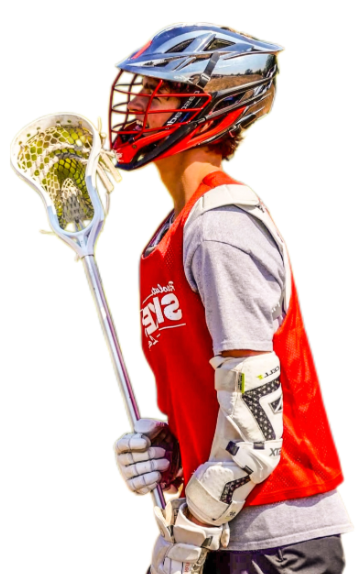My First Indoor Track Meet
Indoor track or outdoor track? Winter or spring? You would think that running inside in the winter is essentially the same thing as running outside in the spring. Until I went to my first indoor track meet, I thought that too. Surprisingly, an athlete needs to pay attention to many differences.
The most significant difference is the size of the track. The indoor track is substantially smaller than the outdoor track, which is typically 400 meters around. This past weekend we traveled to The Ohio State University. At this venue, the indoor track is 200 meters around. This distance is half the size of a typical outdoor track. This means that a 3200-meter (2 miles) competitor must double the number of laps they run from eight laps outdoors to a whopping sixteen laps indoors.
There are pluses and minuses to running on the smaller track. I think running more laps mentally makes the race go by faster, because I feel like I am making more progress. Technically, however, this is not true. In actuality, the curves make your indoor time slower.
According to Runner’s World, “indoor records are almost always slower than their outdoor equivalents, with the discrepancy usually falling in the ballpark of a 1–4 percent drop off when a race takes place inside.”
This time increase is due to physics. If you are running a race and you hit a curve, centrifugal force will carry you out of your lane, making the distance that you run longer. The only way for runners to counteract this effect is to use more energy or slow down slightly on curves to stay in their lane. Either way, in most cases, a runner’s indoor time will be slower than an outdoor time.
Okay, there are more curves. You might be thinking at this point, at least you do not have to deal with temperature changes or wind, right? While this is true, the closed environment creates its own climate challenges: poor air quality.
Think about it. The air is recirculated throughout the facility, which may sound like a good thing. However, athletes are sweating, and the air is already dry from the winter. For runners, this does not provide optimal conditions. While I was running my race, the poor air quality did not impact my ability. Afterwards was a different story.
I was exhausted from having just finished my race, so I was breathing heavily through my mouth. This apparently is not the way to go. Coach Ray instructed me to start breathing through my nose, because the air is “icky.” Indeed, my throat was feeling a little scratchy. After I cooled down and started breathing through my nose, I felt much better and the scratchiness went away, but I did feel discomfort for about 10 minutes.
All of this may make it seem like winter track is not much fun. I assure you, there are lots of fun things about winter track. Personally, I love running, especially with other people. In winter track, we all run in a pack at practice and create a truly encouraging environment. At meets, my teammates cheer each other on, and this always helps me push past my limits and achieve personal goals. In addition, the spectators at the indoor track are especially close to the race competitors, making for a more intimate experience for everyone.
The meets are at different universities around the state which require lengthy bus rides which simply means more time with my friends!
On the morning bus ride, everyone is still sleepy, choosing to either take a nap or chill on their phones. The bus ride back home is a different story.
On the way back, everyone has already run their events and are on a “runner’s high.” Music is blasting and the yellow bus turns into a party bus! At least until everyone is exhausted again and takes another nap.
Overall, I love winter track. There are so many aspects about it that I cannot help but to enjoy. It is competitive, yet encouraging. Like most activities, there are ups and downs to winter track, but the ups far outway the downs.










